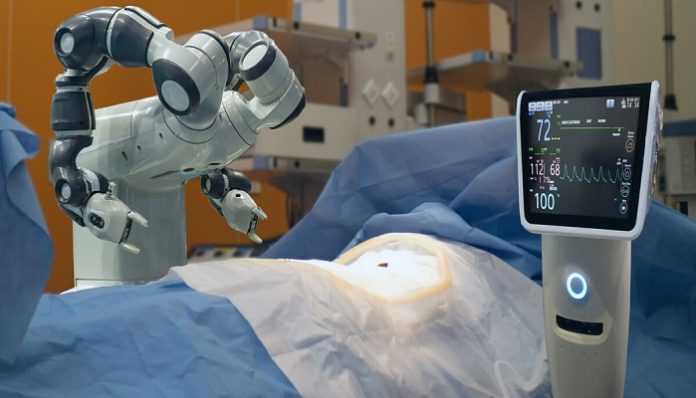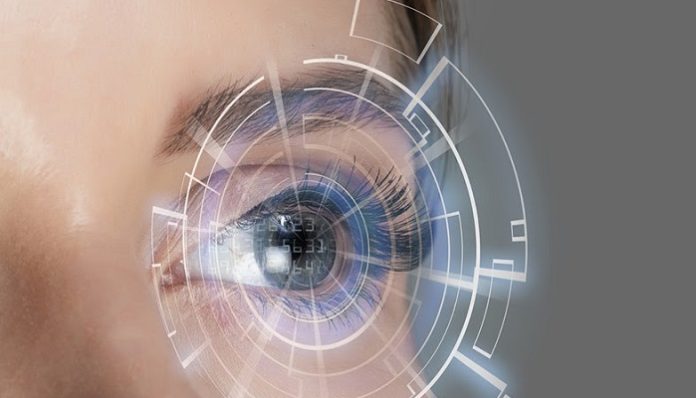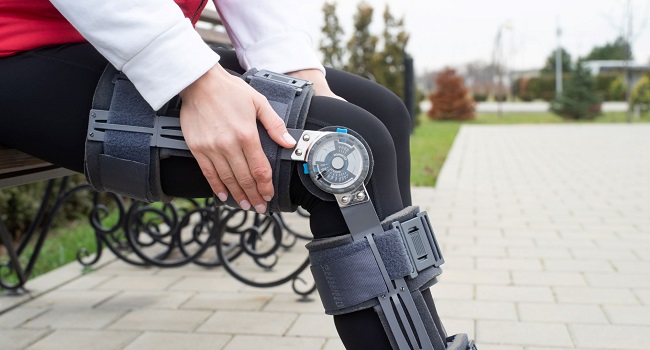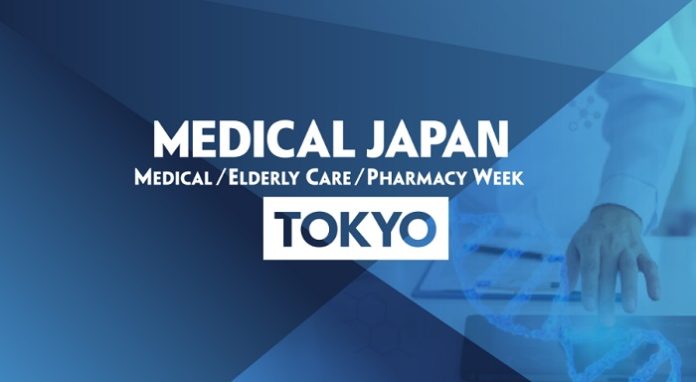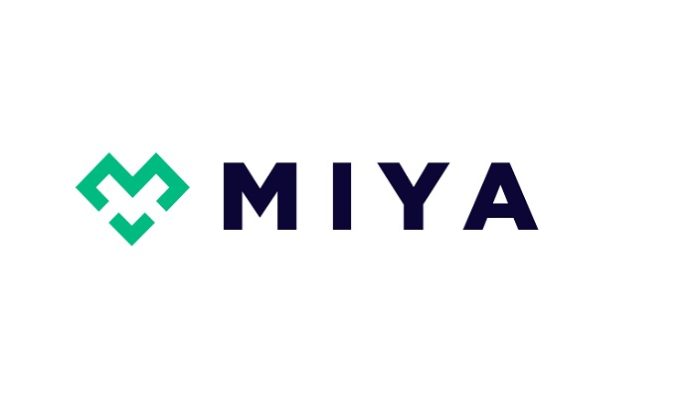Navigating the global landscape of mental healthcare, there’s a clear transformation underway.
It’s a digital revolution that has accelerated due to recent world events and is rapidly changing how we approach mental health treatments.
This evolving frontier is offering new avenues for support, including the upsurge of virtual counseling. But what exactly is driving this shift, and importantly, just how effective are these online services?
Let’s unfold the story behind this transition and explore its potential for adequately addressing our mental health needs.
Digital Revolution: A Growing Necessity in Healthcare
In the vibrant field of healthcare, continuous innovation is a constant.
If we consider the last decade, we’ve observed a technological leap encapsulating various sectors – diagnostics, treatment modalities, patient monitoring, etc.
However, it’s perhaps in mental health that we’ve witnessed one of the most significant transformations with the advent and rise of virtual counseling.
Why Are More People Turning to Digital Therapy?
1. Accessibility for All
With smartphones and internet connectivity becoming ubiquitous, mental health support is no longer limited to geographical boundaries. This has particularly benefited those in rural areas where therapists might be scarce.
2. Flexibility and Convenience
The ability to schedule appointments outside traditional office hours allows therapy to fit into one’s life instead of becoming a disruption. Asynchronous communication methods like emailing and live video chat have also contributed to this flexibility.
3. Anonymity and Comfort
By seeking help from the privacy of one’s home, individuals often find it easier to open up about personal issues. The virtual platform lowers the inhibitions associated with face-to-face interactions.
4. Affordability
Without the overheads of traditional practice, many online services offer therapy at significantly lower costs, making access to mental health services more affordable.
A Classical Example: BetterHelp
A noteworthy example of this digital revolution in mental healthcare is BetterHelp. As a platform, it has become a pillar in the field due to its affordability and convenience.
It offers individuals the flexibility to connect with professional therapists from the comfort of their own homes.
Numerous therapists on BetterHelp actively provide counseling services, showcasing a seamless blend of accessibility and confidentiality in mental health services.
Does Virtual Counseling Really Work for Everyone?
Virtual counseling has undoubtedly democratized access to mental health care, but it may not be the perfect fit for everyone. The effectiveness largely depends on individual preferences and conditions.
Those who appreciate face-to-face human connection or lack the required tech skills might find virtual counseling less effective.
Furthermore, certain mental health conditions might necessitate more personal interaction and observation that online therapy can’t fully provide.
It’s crucial to examine your unique situation before deciding on what form of therapy works best for you.
The Pros and Cons of Online Therapy
As with any mode of treatment, virtual counseling carries both advantages and drawbacks.
It boasts convenience, accessibility, and affordability as key highlights. Moreover, it opens avenues for those with mobility or transportation issues.
On the downside, missing non-verbal cues common in face-to-face therapy could lead to misunderstandings. Technical issues may also disrupt sessions, potentially hindering therapeutic progress.
Therefore, it’s essential to weigh these factors while considering online therapy.
Myths and Misconceptions about Online Mental Health Services
Much misinformation circulates about virtual counseling, possibly deterring individuals from seeking the help they need.
One common myth is that online therapy can’t be as effective as traditional therapy. Yet multiple studies indicate that digital platforms can, in many cases, provide comparable outcomes.
Another misconception is the lack of personalized care in online therapy, when in reality, virtual sessions can be just as tailored and personal as face-to-face interactions.
Education is the best remedy for such misunderstandings.
Crucial Factors to Consider when Engaging in Virtual Counseling:
- Check your internet connection and technology setup for a smooth session.
- Clarify and understand the privacy policies of the platform.
- Ensure the therapist is licensed and credentialed.
- Be aware of the therapy costs and insurance coverage, if any.
- Prepare for emergencies; Have a plan with your therapist if the session is abruptly discontinued.
- Most importantly, assess whether you feel comfortable communicating your thoughts and feelings in an online environment.
Looking Forward: The Sustainable Future of Virtual Counseling
Among other factors, the COVID-19 pandemic propelled the healthcare industry toward a digital future much quicker than anticipated.
Seeing the potential benefits, many experts have predicted virtual counseling will continue to grow, years after life returns to normalcy.
While not a one-size-fits-all solution, online therapy has cemented itself as a viable alternative or complementary option for traditional face-to-face therapy, realizing the goal of making mental health support more accessible to all.
In conclusion, virtual counseling is undeniably transforming mental healthcare. As we navigate this digital revolution, it’s crucial to stay informed and open-minded about the possibilities and limitations it presents. Ultimately, increased access to mental health services is an unequivocally positive development in enabling better outcomes for individuals worldwide.

















